On September 24, 2025, Honda and Acura formally confirmed that the ZDX electric SUV would be discontinued effective immediately, with all previously allocated 2026 units canceled. The internal rationale offered in a leaked memo pointed to a slower-than-expected pace of EV adoption and shifting policy winds, especially in the U.S.
The memo further acknowledged that to sell the ZDX, Acura and its dealers had been deploying massive incentives—up to nearly $30,000 off MSRP in some markets—an unsustainable path that likely pushed many sales into the red. Despite fairly brisk absorption of existing inventory (only ~400 units of 2024 ZDX stock remained in September), the decision to halt production reflected a strategic rebalancing.
To the observant eye, the move appears abrupt and somewhat contradictory: after all, Acura had pitched the ZDX as its electrified flagship, the vanguard of its EV era. Why pull the plug so soon?
In what follows, I argue that the root cause lies not merely in weakening demand or fickle policy—but in the decision to make the ZDX an all-electric vehicle from the outset. In other words: if the ZDX had retained an internal combustion (or hybrid) option, it might still be in Acura’s lineup today.
A Brief History: The ZDX Name, Aborted Lives, And Rebirth
To contextualize, we must see the ZDX not as a one-off, but as a nameplate with a tortured legacy. The first-generation ZDX was introduced in 2009 (as a 2010 model), positioned as a luxury “four-door coupe” crossover, based mechanically on the MDX/Pilot platform and powered by a 3.7-L V-6 with Acura’s SH-AWD (Super Handling All-Wheel Drive).
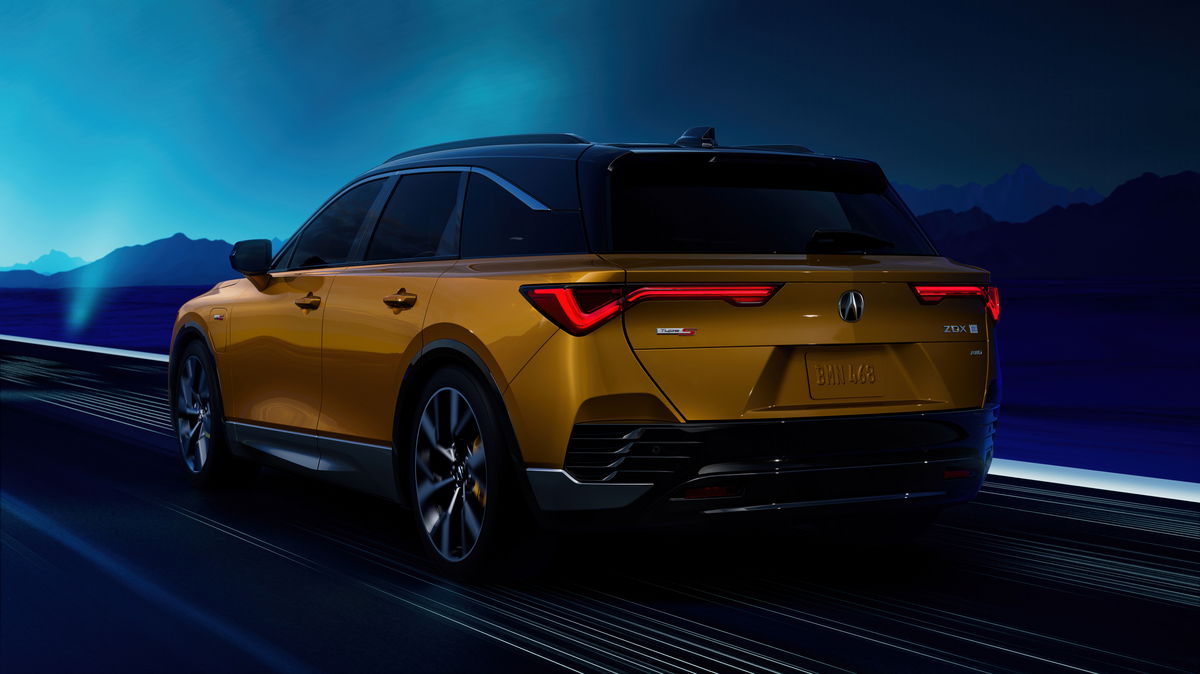
Its styling was polarizing; its market success, modest. Over its run (2010–2013), total U.S. sales numbered just over 7,000 units. In 2013, Acura quietly discontinued the model, citing lackluster demand and an effort to focus on core products. For more than a decade, the ZDX brand lay dormant. In 2023, however, Acura revived the name—this time as its first all-electric SUV, co-developed with GM on the Ultium platform and sharing architecture with the Cadillac Lyriq and Honda Prologue.
The new ZDX’s 2024 launch was meant to symbolize Acura’s electrification ambitions. It came in multiple powertrain variants (single motor, dual motor, and the performance-focused Type S) using GM’s 102 kWh Ultium battery pack, with estimated ranges of ~278–313 miles depending on configuration.
The ZDX also boasted new tech, interior luxury touches, and an electric halo for Acura’s identity. But the revival was short-lived. Roughly a year and a half into production, Acura announced its cancellation. The question I'm exploring: would the ZDX still be alive if it had been launched—and sustained—not purely electric, but as a multi-powertrain model (ICE + hybrid + electric)?
The “All-EV Gamble” And Its Structural Vulnerabilities
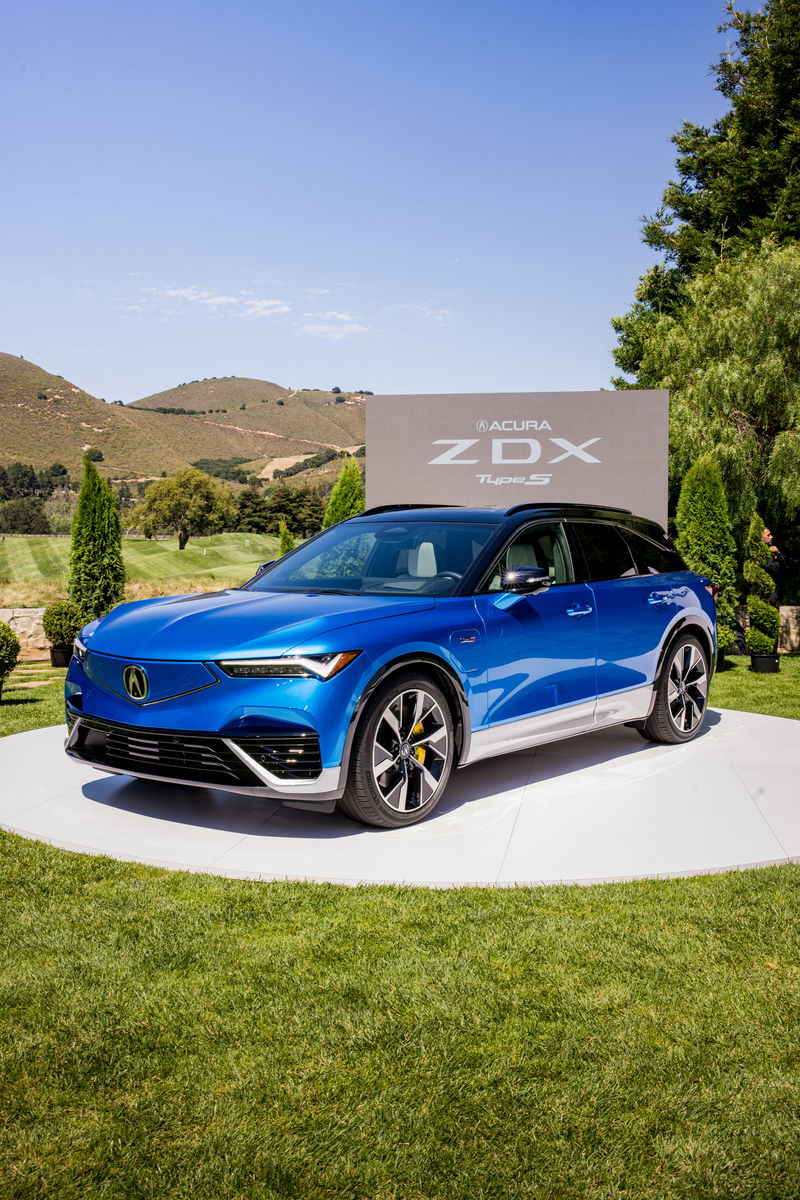
Acura’s decision to commit the ZDX entirely to all-electric architecture was, in hindsight, a high-stakes gamble. Several structural pressures made that gamble vulnerable.
The U.S. EV market, though trending upward, is still uneven. Incentives, charging infrastructure, and consumer sentiment wobble significantly with policy cycles. Acura’s own memo cites “slower-than-anticipated EV adoption” as a reason for cancellation. More concretely, the ZDX had required outsized discounts to generate demand, undermining margin integrity.
Had Acura offered a conventional or hybrid powertrain, the brand could have more flexibly navigated demand fluctuations by emphasizing the ICE/hybrid variant when EV adoption lagged. That flexibility is largely foreclosed in an all-EV single-powertrain strategy. The ZDX lost its soul, and with it a significant chunk of the MDX/ZDX fan base, when it lost its signature V6.
The U.S. federal EV tax credit regime is volatile, subject to legislative changes, manufacturer phase-outs, and supply constraints. In fact, the imminent expiration of the $7,500 EV credit was flagged as a motivator behind Acura’s abrupt pullback.
The ZDX’s pricing was tightly coupled to subsidies: in some markets, the discount stack approached $30,000, making each transaction unprofitable. That means once credits diminish or vanish, the EV-only model becomes severely exposed. An ICE or hybrid variant would be largely immune to those cliffs—and would provide a buffer.
Acura’s EV strategy for the ZDX relied on GM’s Ultium platform and related components. But reliance on an external platform introduces strategic fragility: Acura must toe GM’s roadmap, constraints, and cost structure.
Moreover, margins are squeezed as Acura is, in effect, a user of GM’s battery and supply ecosystem rather than owning it. Had the ZDX existed in an ICE or hybrid variant, Acura could retain more architectural autonomy and buffer against platform-side shocks.
Acura’s brand identity is built around performance, design, and reliability, rather than being a pure EV brand. Launching a singular EV halo too early risked alienating core buyers who remain skeptical or unwilling to adopt EVs at scale.
When the ZDX sales needed heavy discounting to move, that suggested the brand lacked the market resonance to sustain an EV halo on its own. A multi-powertrain approach would have allowed Acura to leverage familiar technologies (ICE or hybrid) to maintain brand continuity while gradually electrifying.
In short, the all-electric decision converted the ZDX into a high-wire act—with no fallback in the event electrification stalls. It put all the risk on one bet.
A counterfactual: A Hybrid Composite ZDX Strategy Might Have Extended Its Life
Let us now sketch a plausible alternative history in which Acura had launched the new ZDX in 2024 not as a pure EV, but as a multi-powertrain model line—say, hybrid or plug-in hybrid versions alongside EV variants.
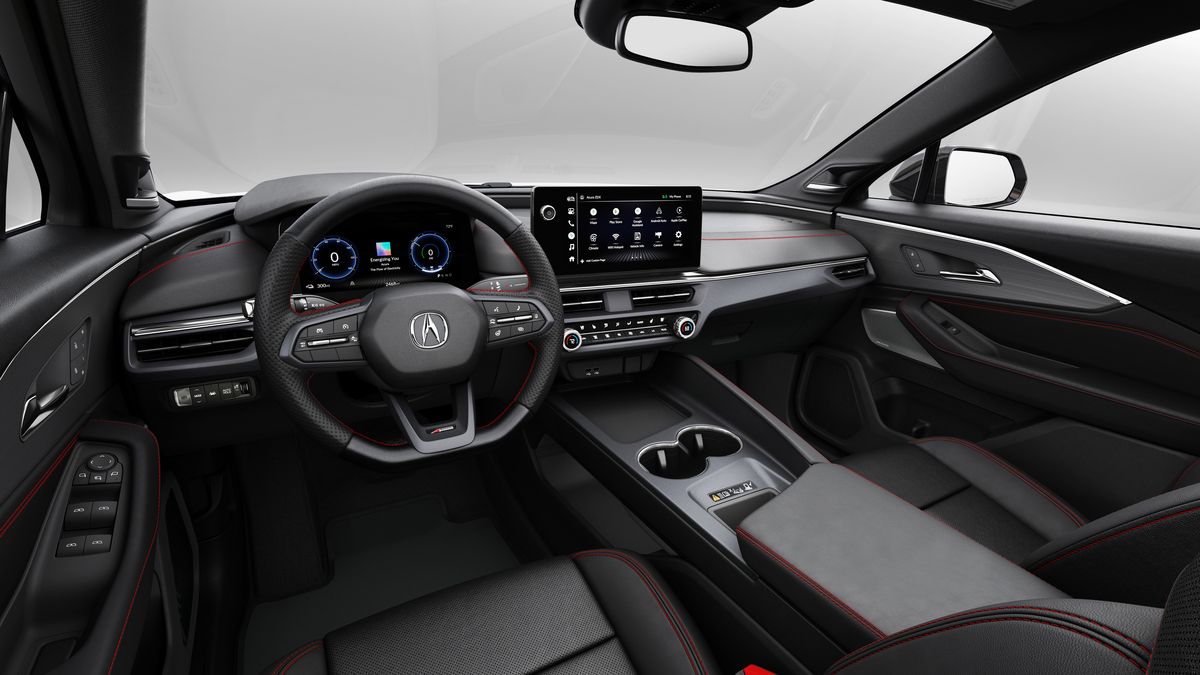
In that scenario, Acura could have captured both early adopters (with the EV trim) and mainstream buyers (with hybrid/ICE trims). Suppose the majority of sales initially came from hybrid/ICE versions, providing margin stability while the EV market matured. This “hedging” approach is what many automakers have done in transition phases (e.g. offering hybrid, PHEV, mild hybrid, and BEV variants). It would have allowed Acura to sustain volume even when EV sales lag.
Hybrid or ICE variants are less reliant on tax subsidies and are less volatile when policies change. When EV credits recede, Acura could lean more heavily on conventional models to maintain sales, rather than facing a cliff. The cushion offered by non-EV variants would moderate the demand shock and give Acura time to adjust.
With multiple variants in the same nameplate, Acura could channel buyers upward: a hybrid buyer might, over time, trade into the EV variant as confidence and infrastructure grow. The brand could use the ZDX line as a ladder, gradually weaning buyers to EV. It also spreads the cost of development and marketing across more units, improving economics.
Dealers are more comfortable selling vehicles where they aren’t forced to discount heavily. With ICE/hybrid variants, margins would be more stable. The shock of needing to slash $30,000 from MSRP to move EV ZDX units would have been mitigated by leaner pricing on conventional variants. That might have preserved warranty perceptions, residual values, and dealer buy-in.
Under this counterfactual, the ZDX might today be a stronger, more diversified model line—a gradual path from hybrid to EV, rather than an abrupt pivot. Even as EV adoption lags, the nameplate could persist on the strength of its non-EV variants.
Objections, Counterarguments, And Caveats
Of course, no argument is bulletproof. There are some fair objections to this line of thinking, and it’s worth unpacking the strongest ones.
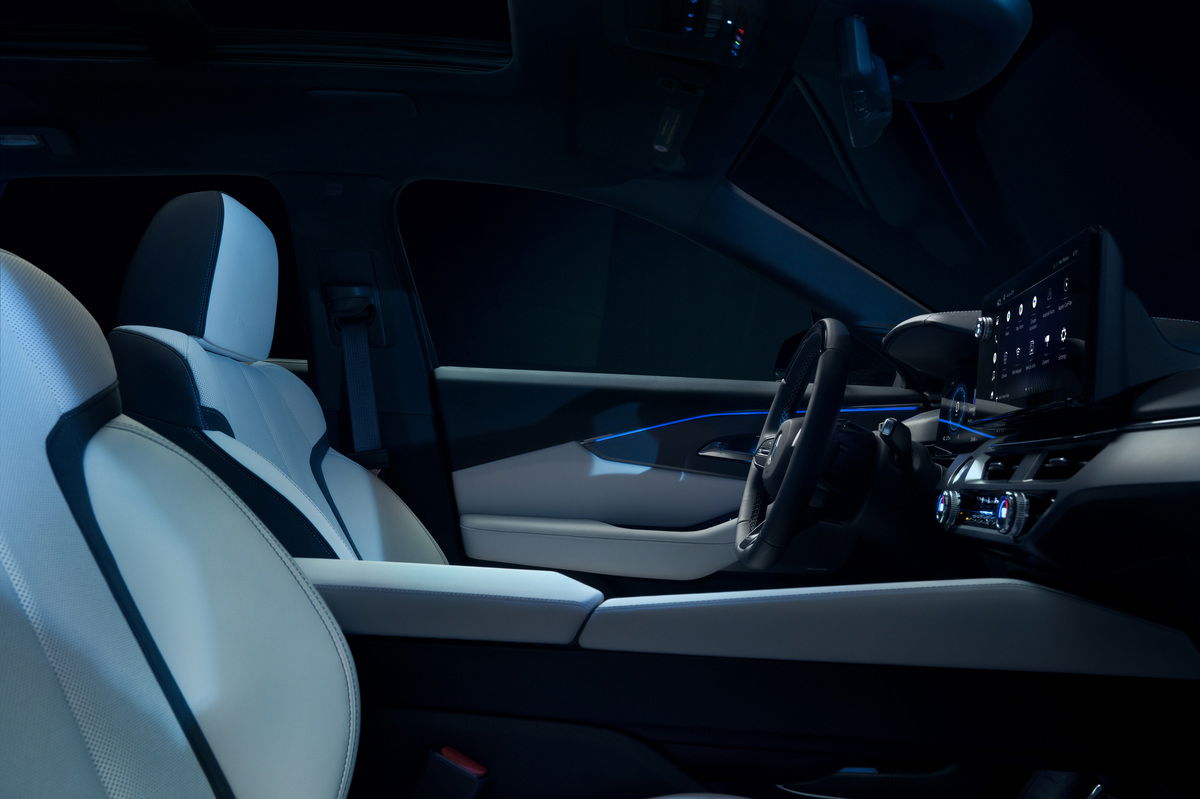
“Acura must electrify; there is no long-term future in ICE.”
True—automakers globally are pushing relentlessly toward battery electrification. But transitioning in a measured, risk-aware fashion is prudent. In fact, Acura itself plans to reintroduce the RSX as an in-house EV in 2026, using its own architecture. That suggests Acura understands it must go electric—but that it wants its electrification effort on its own technological terms, not prematurely via third-party platforms.
“Hybrid/ICE variants dilute the purity of a flagship EV halo.”
Perhaps—but the choice need not be either/or. The hybrid/ICE version can coexist as a step. Luxury brands such as BMW and Mercedes for years offered ICE and hybrid/plug-in variants during transition periods. The risk of diluting the halo is real, but less fatal than losing the halo entirely by betting the farm on one shaky powertrain.
“Development resources are limited; Acura could not afford parallel powertrains.”
That may be true, especially in terms of capital, engineering bandwidth, and battery strategy. But that constraint is exactly why the all-EV bet is risky. If you cannot afford diversification, a single powertrain model line is perilous in an uncertain market. The argument I make is that the outcome suggests that bet was too concentrated.
“The early ZDX’s poor sales suggest the nameplate is inherently marginal.”
Indeed, the first-generation ZDX never really caught fire, and Acura discontinued it in 2013 after limited uptake. But that itself supports the counterfactual: Acura should have been more cautious about reviving it, or at least should have hedged risk. The fact that it failed as a bold EV confirms that a safer, incremental approach might have succeeded.
“EV margins, battery scale, and regulatory mandates make ICE an albatross going forward.”
Over the long run, that may be right. But the time horizon matters. Acura’s decision to kill the ZDX now suggests that its short-to-medium horizon bets were poor. In that horizon, electrification is still volatile and subsidized. The strategic question is whether to “go all in” too early or transition gradually.
Evidence From The Discontinuation And What It Reveals
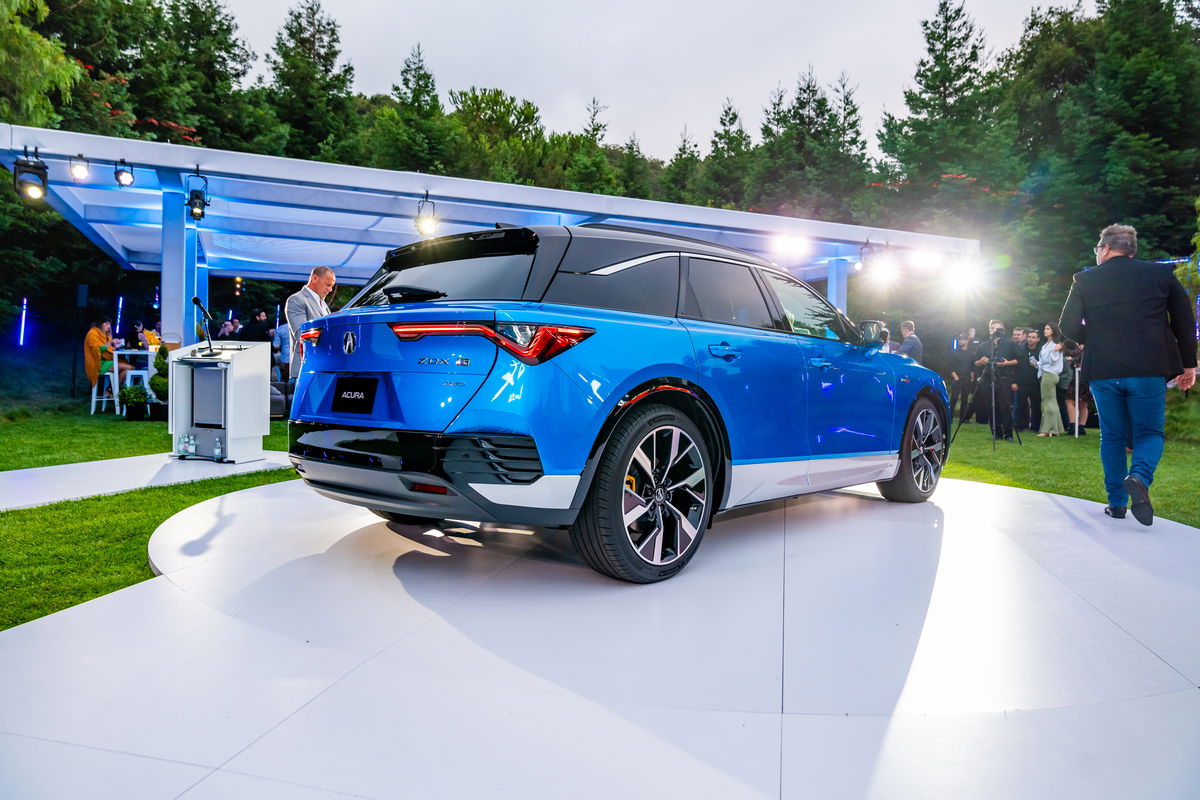
The way Acura and Honda handled the ZDX’s demise gives further credence to the notion that the all-EV bet was its Achilles’ heel.
The fact that Acura had to lean on $11,400 in captive lease cash and regional bonuses (on top of federal credits) suggests demand was weak absent subsidy. A hybrid or ICE variant might have required fewer incentives to move.
The internal memo cites recent policy changes in EV production and sales as a core reason for termination. That is precisely the kind of dependency that a mixed-powertrain model avoids.
Even though inventory was nearly exhausted (only ~400 units remained nationwide), Acura opted to cancel 2026 production rather than press on. If the nameplate had been stronger with ICE/hybrid fallback, Acura might have had more confidence to continue.
The ZDX’s close dependence on GM’s Ultium platform meant that any weakness on GM’s supply side, or misalignment of strategic incentives, would ripple directly into Acura. The inability for Acura to pivot away from that dependency is a form of fragility introduced by the all-EV approach.
The cancellation coincides with Acura rethinking its product mix (e.g. the TLX’s end). The fact that Acura is pivoting away from experimental models suggests the ZDX was too big a risk vector.
Acura’s upcoming RSX EV, which will use its own “e:Architecture” and be built at a new EV Hub in Ohio, indicates that Acura is eager to free itself of third-party EV platforms. In effect, the ZDX was a learning project. But the fact that Acura is resetting going forward suggests the ZDX was sacrificed to that learning, rather than being sustained through turbulence.
What Might Acura Do Differently (Going Forward)?
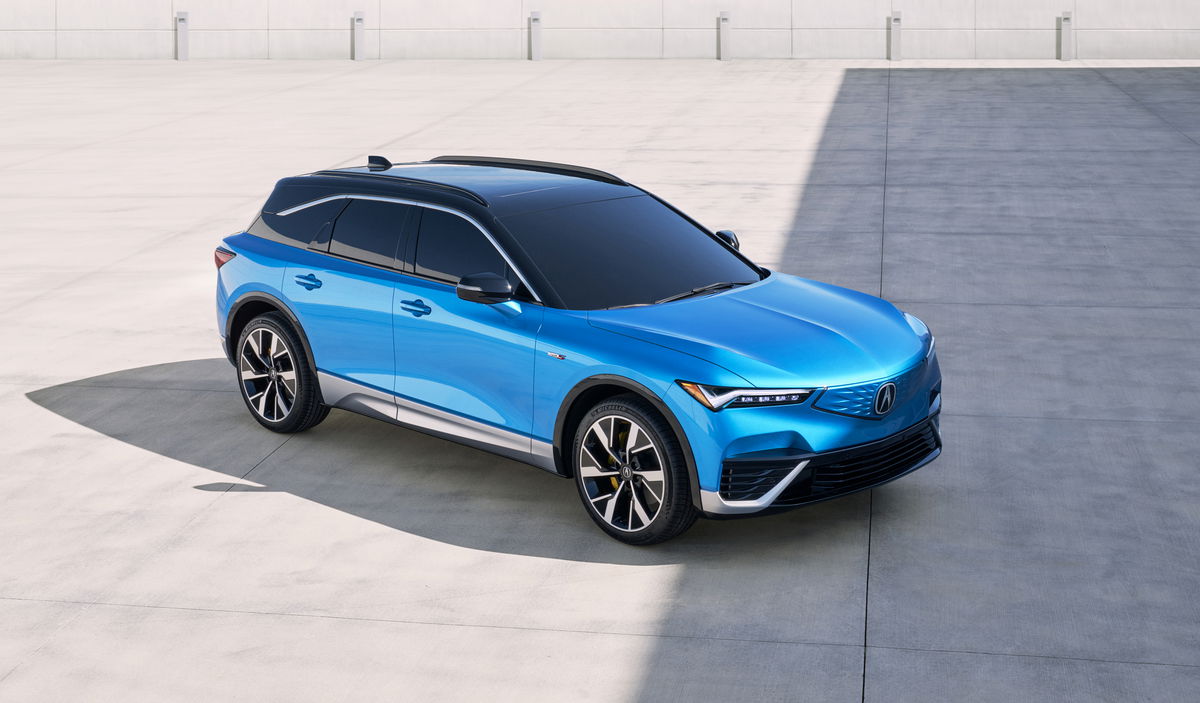
If Acura—and by extension, other manufacturers—take the lessons of the ZDX seriously, several strategic adjustments seem prudent:
- Hedged transitions
Rather than pure EV launches, manufacturers might stagger electrification: start with hybrids and plug-in hybrids, gradually shift to full EVs, and maintain ICE or hybrid fallback during the maturation phase. Even luxury lines could adopt that cushion. - Modular platforms with powertrain flexibility
Platforms that can support ICE, hybrid, and electric variants (or at least hybrid + pure EV) give resilience. Acura’s future e:Architecture—and GM’s Ultium—may support such modularity, but the launch timing and exclusivity decision matters. - Gradual brand repositioning
Acura could use models like the current ZDX to cultivate EV credibility, but not as a make-or-break halo. Instead, successive models might carry more of the burden with broader acceptance before the nameplate depends on EV alone. - Profit-first metrics over volume-first
The deep discounting required to move ZDX units indicates that Acura prioritized sales volume over margin. In transitional markets, ensuring that new models don’t become loss leaders is essential. Accept lower volume but healthier margin, rather than pushing volume unsustainably. - Flexibility to pivot mid-life
The ability to revise product plans mid-cycle—for instance, to reintroduce a hybrid variant, or delay EV investment—should be baked into strategy. A rigid all-EV roadmap is brittle.
The Fate That Might Have Been
It is impossible to prove definitively that a hybrid/ICE-inclusive ZDX would still be alive today—but the weight of the counterfactual is compelling. The decision to “go all in” on pure electrification stripped the ZDX of flexibility, making it vulnerable to subsidy swings, demand uncertainty, and platform dependencies. The incentives, policy sensitivity, and margin stress revealed in its cancellation are precisely the risks one hedges against by offering alternate powertrains.
The ZDX may yet be resurrected—but likely as a fully reimagined product (like the upcoming RSX) built on Acura’s own architecture. The lesson is painful: the first EV halo can become a liability if launched prematurely and without fallback. The greatest irony is that a nameplate once known for bold design and experimentation now falls victim to its own boldness—not because the idea was wrong, but because the execution lacked flexibility.
If Acura had carved a path that allowed ZDX to straddle both worlds—electric and conventional—the model might today still be carrying the torch. Instead, it’s become a cautionary tale: the fossil-fueled spirit of the ZDX may have burned too brightly, too early, and left no fuel for its continuation when the current ran dry.